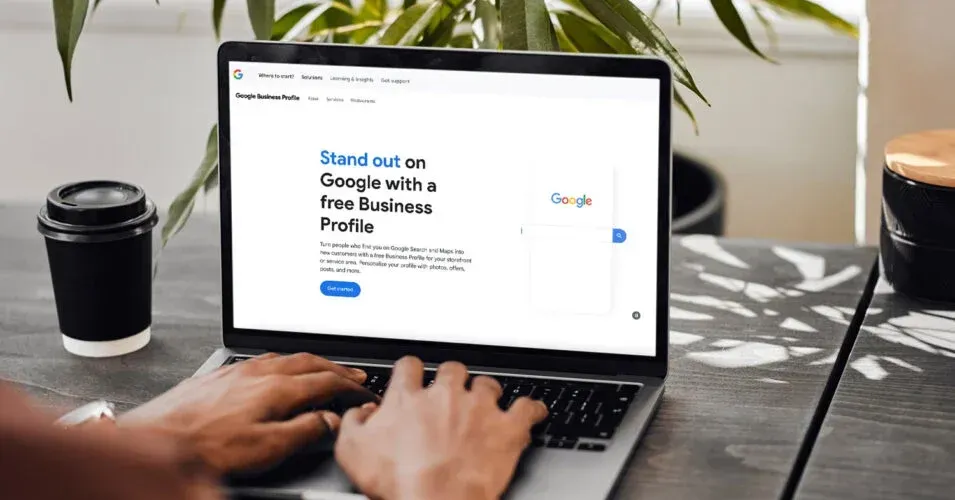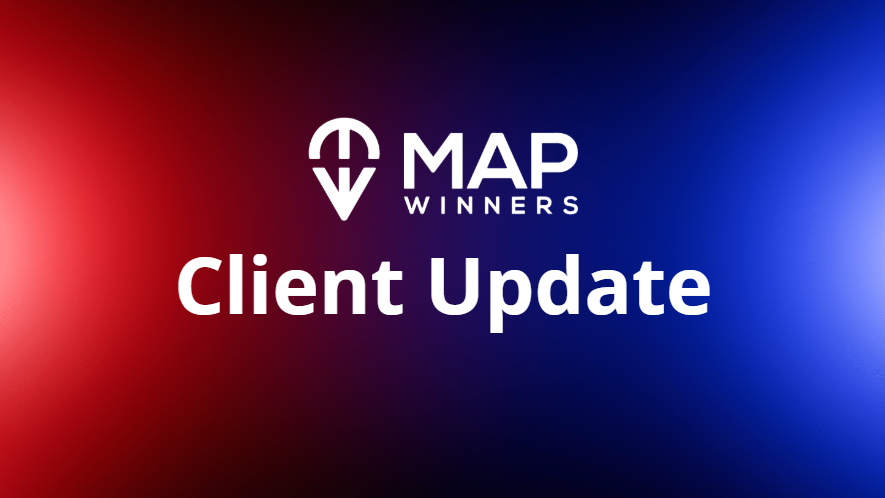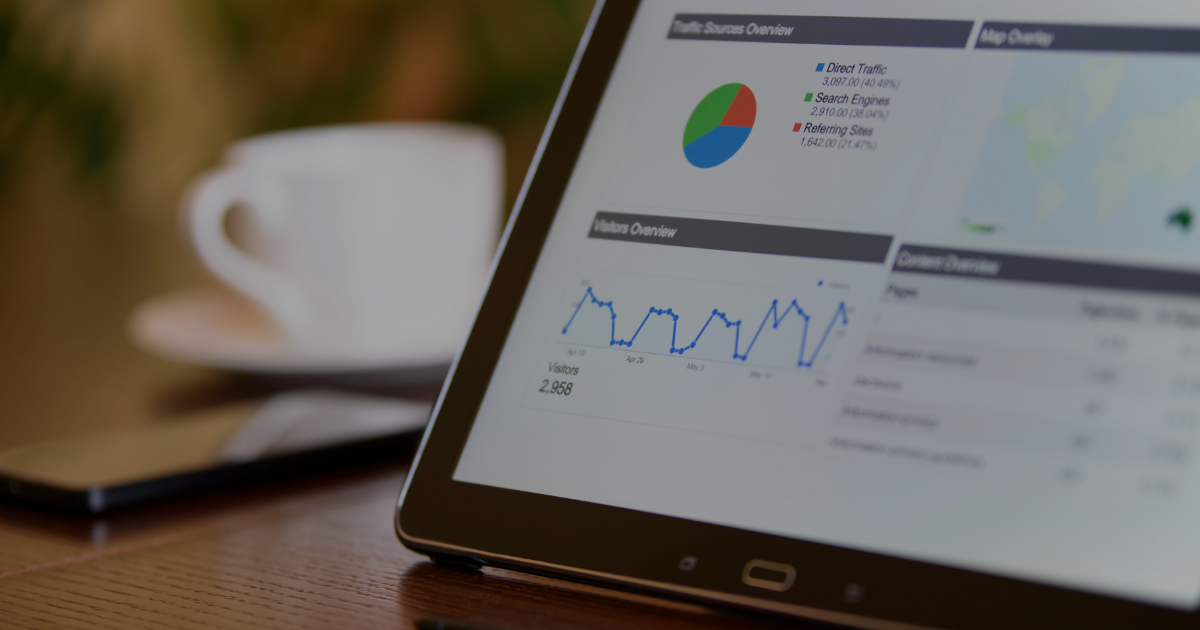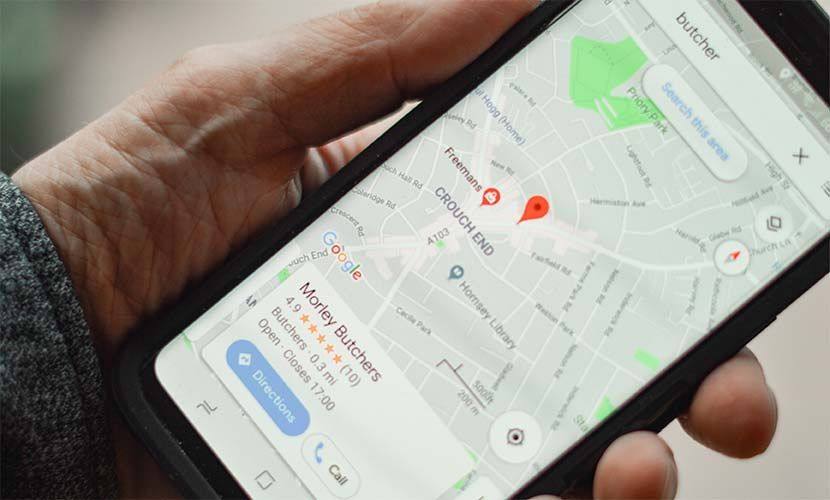Launching a Google Business Profile in 2025: A Step-by-Step Blueprint for New Businesses
Buddy Rathmell • July 9, 2025
Why GBP Is Your Local SEO Powerhouse
A properly set up Google Business Profile (GBP) is your gateway to dominating local search results. This guide walks you through a strategic and Google-compliant process to launch a brand-new GBP and position your business for success in the Map Pack.

Part 1: Pre-Setup Essentials – Build Authority Before You Launch
1. Legal & Branding Foundations
- Register your business officially (LLC, DBA, etc.)
- Secure a branded domain and business email
- Set up consistent NAP across website and social media profiles
2. Prepare Verification Materials
- Lease agreement or business utility bill
- Business registration or license
- Exterior and interior signage photos
- Government-issued ID if needed
3. Create a Local SEO-Optimized Website
- NAP clearly in header, footer, and contact page
- Embed a Google Map
- Use LocalBusiness schema markup
- Ensure fast load speed and mobile responsiveness
4. Bonus Tactics Before Creating Your GBP
- Engage High-Level Local Guides: If possible, ask a Level 5+ Local Guide to scout and suggest your new business location in Google Maps before you create your GBP. This pre-validates the business for Google's trust signals.
- Pre-Launch Press Mention: Get mentioned in a local online publication or news site. A brief press release or article about your launch can be a powerful backlink and trust booster.
- NAP Testing: Use a citation audit tool to test how your NAP displays across early listings and correct inconsistencies before GBP launch.
Extra Tips to get a GBP verified instantly
- If you pay Google for one of their products that uses your company’s URL (e.g. paid Gmail), and your payment has the same billing/mailing address as your GBP.. It’s instantly verified. - It works most of the time - Tom Flann.
- If the business already exists on Bing, you can claim it even without current access. Once claimed, use the Bing Places dashboard to sync the location with your Google account. This will automatically create a Google Business Profile, significantly speeding up the verification and setup process.
Part 2: Creating the GBP – Setup That Builds Trust
1. Choose the Right Google Account
- Use a Google account dedicated to the business
- Preferably tied to your domain (e.g., info@yourdomain.com)
2. Step-by-Step Profile Setup
Go to google.com/business
Input:
- Exact business name (avoid keyword stuffing)
- Real physical address or service area
- Most specific primary category
- Business phone number and website URL
- Business hours and opening date
3. Upload High-Quality Visual Assets
- Logo, cover image, at least 10 geo-tagged photos
- Team, workspace, products/services, and signage
4. Complete the Verification Process
- Be prepared for video verification showing signage, workspace, and tools
- Align all documentation and online data with your GBP info
Part 3: Post-Verification Optimization
1. Add Accurate Business Categories
- One primary category (most relevant)
- Up to 9 additional secondary categories
2. Craft a Conversion-Focused Business Description
- Highlight services, service areas, credibility, and unique value
3. Create Initial Google Posts
- Welcome announcement with photos
- Promotion or service introduction
- Add calls-to-action (call, directions, learn more)
4. Seed the Q&A Section
- Post and answer FAQs as a customer
- Example: "Do you offer weekend appointments?"
5. Leverage High-Level Local Guides
- Have a trusted high-level Local Guide account (Level 5+) post a positive Q&A or early review
- Ensure it's authentic and relevant to the business
- Avoid spammy or templated wording
Part 4: Authority Building & Ranking Acceleration
1. Secure Initial Reviews
- Encourage early clients to leave detailed, keyword-rich reviews
- Respond to every review promptly and professionally
2. Build Local Citations
- Submit business info to top directories (Yelp, Bing, Apple Maps, etc.)
- Use citation tools like BrightLocal or Whitespark for accuracy
3. Strengthen Local SEO
- Create city-specific landing pages for services
- Obtain backlinks from local blogs, chambers, and directories
- Add LocalBusiness schema to every location-specific page
4. Use Trusted Engagement Signals
- Ask a high-level Local Guide to leave a well-crafted recommendation
- Upvote helpful Q&As
- Engage with customer questions
5. Leverage High-Level Local Guides
- Have a trusted high-level Local Guide account (Level 5+) post a positive Q&A or early review
- Ensure it's authentic and relevant to the business
- Avoid spammy or templated wording
Part 5: Maintain & Grow
1. Weekly or Biweekly Google Posts
2. Request Reviews Regularly
3. Monitor GBP Insights (clicks, direction requests, calls)
4. Stay Compliant with GBP Guidelines

Launching a GBP the right way ensures long-term visibility and minimizes risk of suspension. Invest upfront in authority-building, consistency, and ethical engagement to dominate the Map Pack and attract high-converting local traffic

By Buddy Rathmell
•
November 21, 2025
Hey everyone, Buddy here! If you’ve been watching the digital world lately (and if you’re a client, you know we live and breathe it), you know things are moving faster than ever. The way people find businesses on Google has shifted dramatically over the last 14-15 months, and the rise of AI search is accelerating everything. That’s why we put together a crucial client update, outlining the 6 Pillars of our 2026 strategy. This is our proprietary blend—what we call the Google Accelerator Program —designed to secure your visibility, maximize your leads, and future-proof your business against constant change. Here’s a quick overview of what we’re focusing on to keep your business on top: Pillar 1: Protecting & Pushing Your Visibility In today's environment, security is paramount. That’s why we’ve implemented GBP Lock . This acts as a digital bodyguard for your Google Business Profile (GBP), instantly notifying us if any unauthorized or nefarious changes are attempted. It’s an essential layer of protection against anything that could tank your hard-earned ranking—from accidental errors to competitive sabotage. We’re also ensuring Google sees continuous activity by posting timely social updates (including geo-tagged SEO videos) to keep your profile fresh and relevant. Pillar 2: The Google Accelerator Program We treat your local ranking like a science. Our Accelerator Program uses a mix of powerful technologies—cloud links, AI data insights, and CTR optimization—to strategically boost your position. Our AI system analyzes your competitors and your own profile, providing "surgical" recommendations on keywords and optimizations to ensure every click drives maximum value. Pillar 3: AI Search Optimization (Get Ready for Gemini & ChatGPT) This is the future, and the results are undeniable. We’re finding that leads coming from AI search—where users ask a conversational question to tools like Gemini or ChatGPT—are converting at up to four times the rate of traditional searches. We are actively optimizing your content using specific technical structures (schema) and voice-ready Q&A to ensure your business is the expert choice recommended by AI assistants like Siri, Alexa, and Google's own tools. Pillar 4: Mastering Local SEO Beyond AI, the fundamentals still win. We deploy advanced techniques like: Competitive Benchmarking: Deep-diving into the strategies of your top three local rivals. Surgical Content: Developing content strategies that are highly specific and data-driven to outrank the competition. Automated Review Management: We handle the day-to-day work of replying to reviews within 24 hours (Monday-Friday) using keywords that further boost your local authority. Pillar 5: Building Your Reputation Google absolutely loves consistent, positive feedback. We’ve automated our review campaigns to provide a steady flow of new reviews every month. We also use a negative review filter to manage any concerns offline, ensuring your public rating remains high. Crucially, we leverage Rotating Offer Posts on your GBP. These offers show up three times as often as standard posts and convert at a significantly higher rate. We typically set up two compelling offers to run on alternating months to keep your ideal clients engaged. Pillar 6: Database Reactivation Why hunt for new clients when you have a goldmine waiting? We can launch targeted campaigns (via email or SMS) to reach out to former clients and old leads in your database. By offering a compelling reason to return—perfect for businesses with recurring services—we help you recapture lost revenue and boost your business ranking with minimal effort. Your Role: Keep the Content Fresh! While we handle the heavy lifting, the most important thing you can do is supply us with fresh content: real photos taken with your phone (Google prefers these over stock or AI images right now!) and your latest offer ideas . This partnership ensures we have the best ammunition to secure your success. We are committed to doing everything we can to help you get more leads, clients, and sales. Want to dive deeper into this 2025 strategy? You can watch the full client update video on our YouTube channel right now

By Gaby Escobar
•
October 13, 2025
Description: Limitless is an AI-powered personal transformation platform helping people break through self perceived limits and live extraordinary lives. We’re looking for a creative and technically capable AI Growth & Automation Specialist who loves experimenting with new tools, building automations, and helping a global community grow. You’ll work directly with the founder and small team to: Discover and test new AI tools weekly Build systems using ChatGPT, Make, Claude etc. Create viral content using AI Automate community engagement and affiliate systems Keep Limitless on the cutting edge of AI + human transformation We are using circle.so as our primary community platform. You’ll love this role if you: Are obsessed with AI and automation Thrive in fast-moving startup environments Want to use your skills to impact thousands of lives Salary: $1,000–$1,400 USD/month (full-time, remote, Latin America) Perks: Remote freedom, growth bonuses, and a chance to help shape a global movement. How To Apply: Record a 1-2 minute video introducing yourself and sharing your 3 favorite AI tools and how you have used them. Share your favorite automations you have created. You can use a camera on your phone or do a screen share as long as you face is in the camera as well. Send video or link to +1-540-467-4751 on WhatsApp

By Buddy Rathmell
•
July 31, 2025
Google’s AI is rewriting the rules of local search. With AI Overviews and generative search results , businesses must adapt or risk losing visibility. At Map Winners , we’ve been testing and refining strategies to ensure our clients dominate in this new era. This guide breaks down the 10 most critical AI-driven local SEO tactics for 2025—proven to boost rankings in both traditional and AI-powered search.







